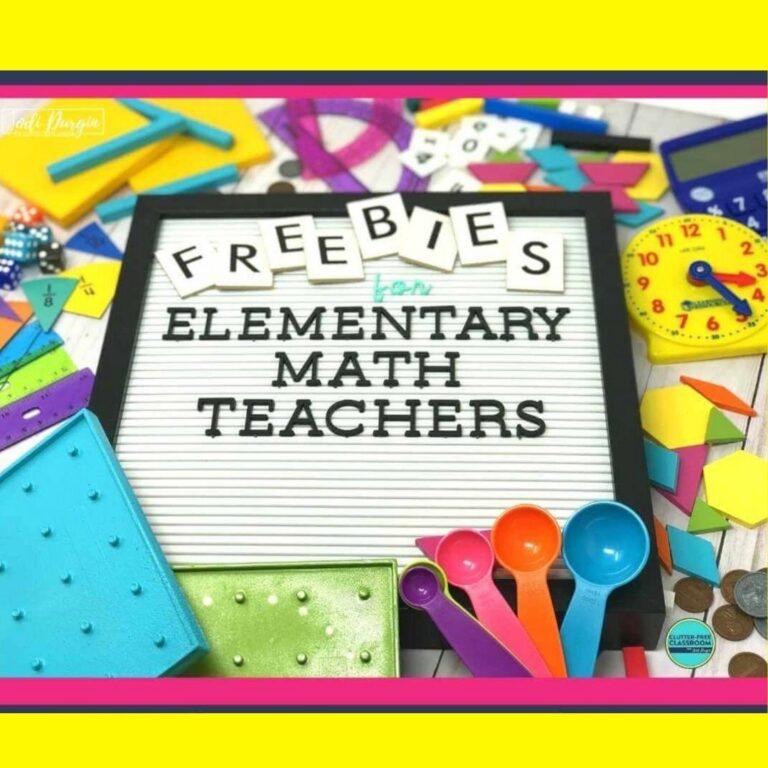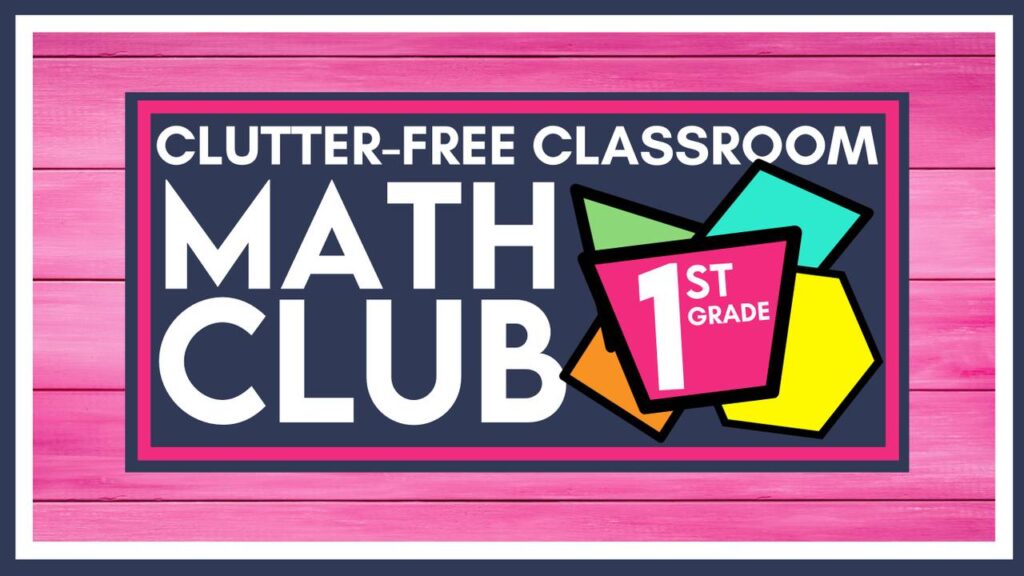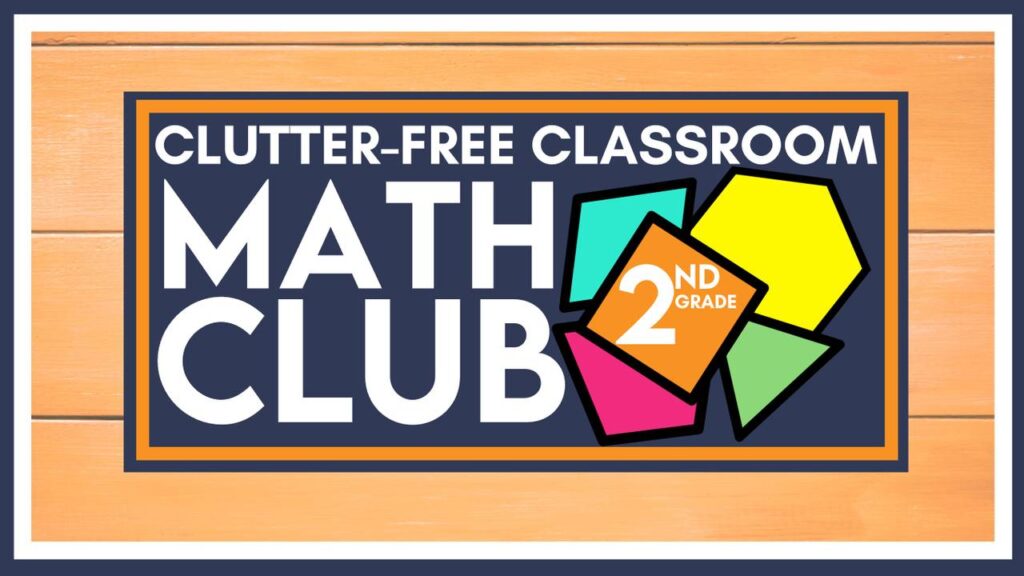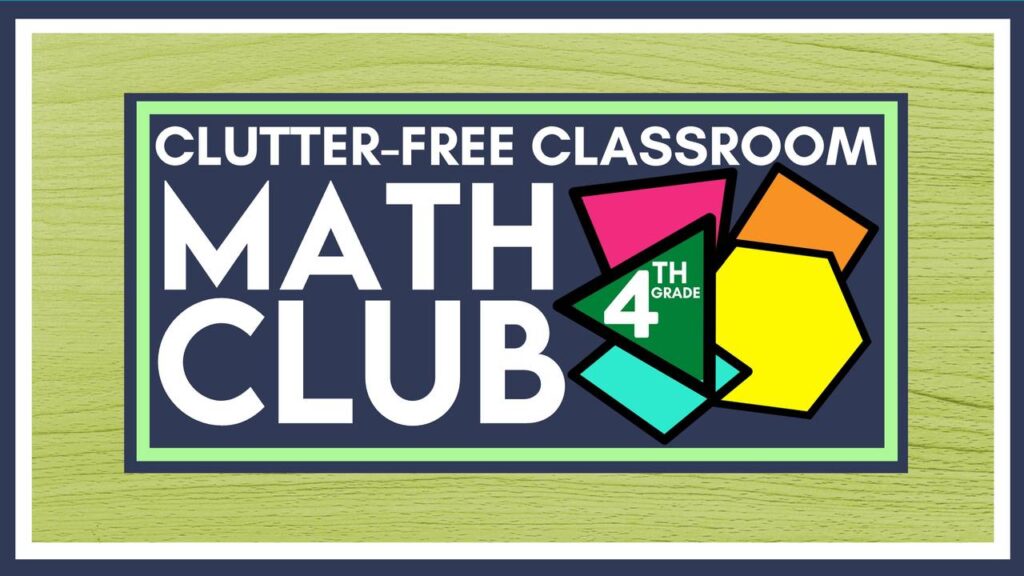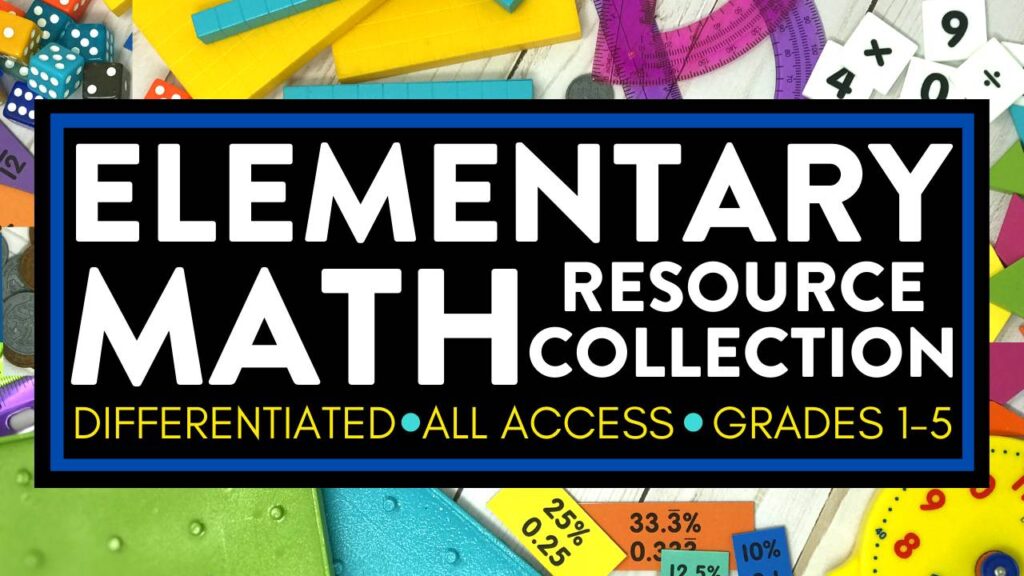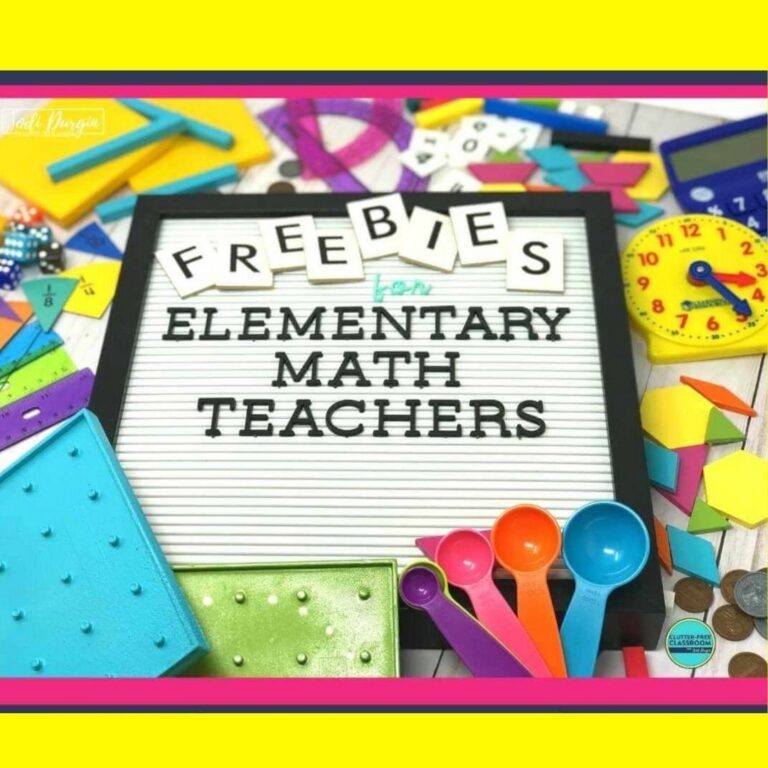If you are an elementary teacher looking for tips and ideas for how to teach division strategies, then you found the right place! Learn what division strategies are, why they’re important, what your students need to know, and get 5 helpful tips for teaching them in a fun and engaging way. Read all about teaching strategies to solve division problems below!
What are Division Strategies?
Division strategies are tools to help students deepen their division understanding and fluency. In third grade, students will understand division as an unknown-factor problem, determine a quotient using the relationship between multiplication and division and determine the unknown whole number in a multiplication or division equation relating three whole numbers when the unknown is either a missing factor or product.
Why are Division Strategies Important?
It is important for students to learn strategies to solve division problems because it helps students develop fact fluency. Division fact fluency helps students solve all types of higher-level math problems.
What Division Strategies Skills Do Students Need to Know?
Below are the Common Core and TEKs standards that relate to division strategies that define what students should be able to do by the end of the school year.
Common Core Standards
3rd Grade
- Apply properties of operations as strategies to multiply and divide. Examples: If 6 × 4 = 24 is known, then 4 × 6 = 24 is also known. (Commutative property of multiplication.) 3 × 5 × 2 can be found by 3 × 5 = 15, then 15 × 2 = 30, or by 5 × 2 = 10, then 3 × 10 = 30. (Associative property of multiplication.) Knowing that 8 × 5 = 40 and 8 × 2 = 16, one can find 8 × 7 as 8 × (5 + 2) = (8 × 5) + (8 × 2) = 40 + 16 = 56. (Distributive property.) (3.OA.B.5)
- Understand division as an unknown factor problem. For example, find 32 ÷ 8 by finding the number that makes 32 when multiplied by 8. (3.OA.B.6)
- Determine the unknown whole number in a multiplication or division equation relating three whole numbers. For example, determine the unknown number that makes the equation true in each of the equations 8 × ? = 48, 5 = _ ÷ 3, 6 × 6 = ? (3.OA.A.4)
TEKS
3rd Grade
- Determine a quotient using the relationship between multiplication and division; (3.4J)
- Determine the unknown whole number in a multiplication or division equation relating three whole numbers when the unknown is either a missing factor or product; and (3.5D)
5 Tips for How to Teach Division Strategies
Below are 5 helpful tips for teaching strategies for division to elementary students.
1. Read Aloud Picture Books that Teach Division Strategies
Reading aloud picture books is a great way to integrate literacy into your math block and present information in a different way. Our favorite picture books for teaching dividing strategies are Bean Thirteen by Matthew McElligott, Divide and Ride by Stuart J. Murphy and Equal Shmequal by Virginia Kroll. Check out the full list of math picture books we recommend!
2. Offer Hands On Learning Experiences
Hands-on math experiences help students make connections, remember their learning, and develop a deep conceptual understanding of the content. You can make any lesson interactive and engaging by offering math manipulatives. Our favorite math manipulatives for teaching division strategies are dice, dinosaur counters, bear counters, bug counters and number tiles.
3. Explicitly Teach Related Math Vocabulary
Teaching math vocabulary is essential for all students, but it is especially beneficial for students who speak English as a second language and students with learning differences. Key vocabulary terms for division strategies are array, equations, strategy, unknown, whole numbers, dividend, division, division equation, divisor, equal groups, factor, measurement division (or repeated subtraction), quotient, remainder, product, partition division, partitioned equally, groups of and product.
4. Give Students Opportunities to Apply Division Strategies to the Real World
Learning becomes more meaningful when students understand how it connects to the real world. Students are more engaged and invested in their learning. Some examples of ways we use division strategies in the real world are to help us display cupcakes on a stand, equally distribute pencils to students, and share treats among your dogs. Project based learning and word problems are examples of opportunities for students to apply their learning to real world situations.
5. Encourage Parent Involvement
Parent participation in math is essential because it impacts students’ attitude toward math, proficiency levels this school year, and future success in their math education. Be sure to keep communication open with families and share ways they can support their children in their math learning. Some examples of ways they can practice dividing strategies at home are when creating a garden, sharing a pack of cookies and preparing vitamins for the week.
In closing, we hope you found this information about teaching strategies for division helpful!

